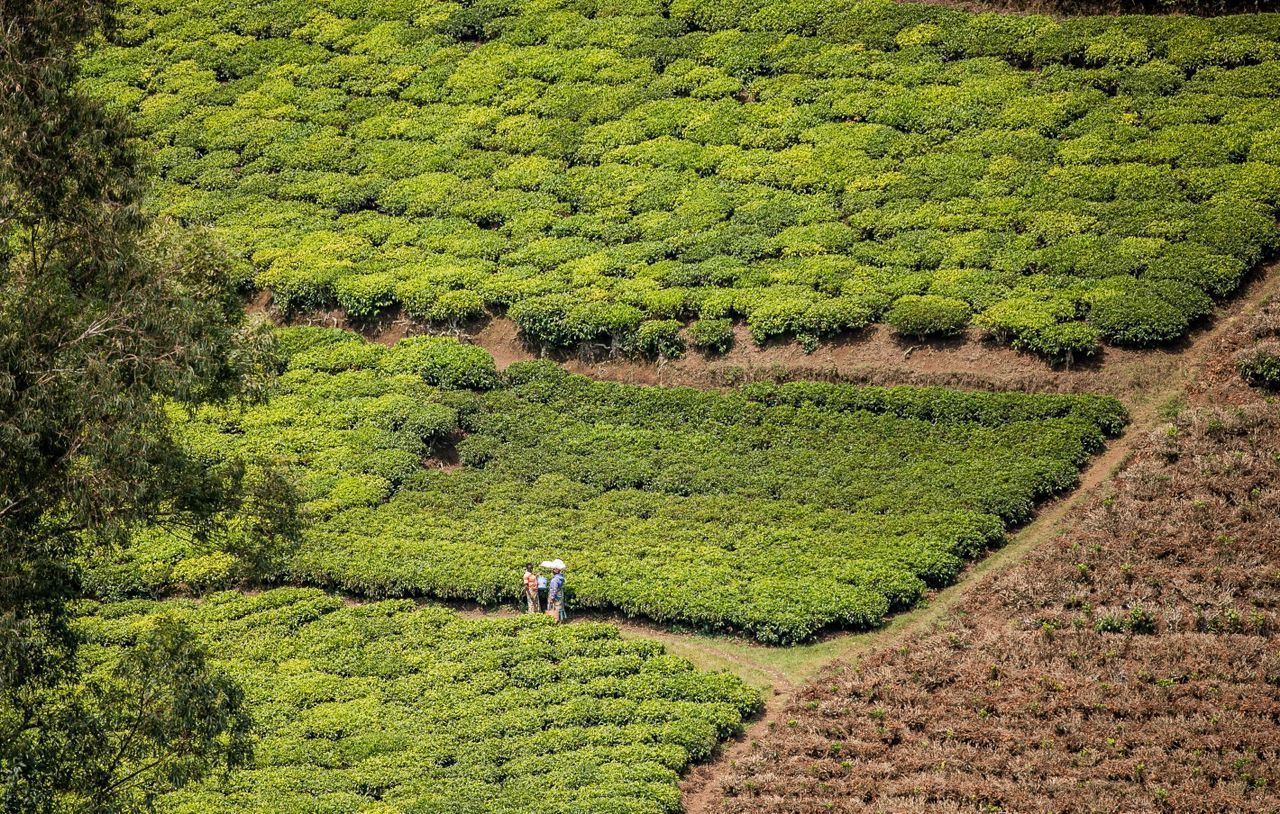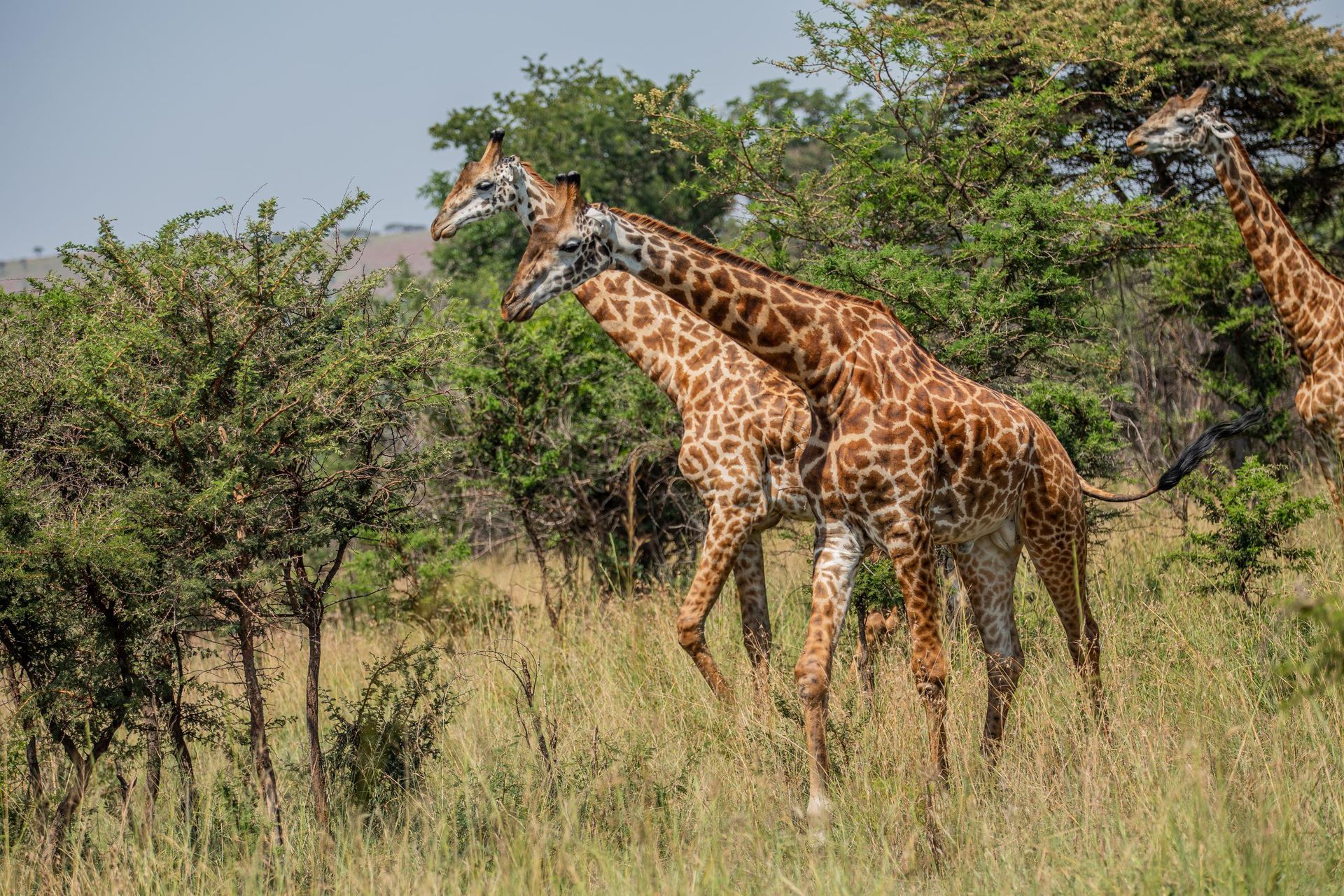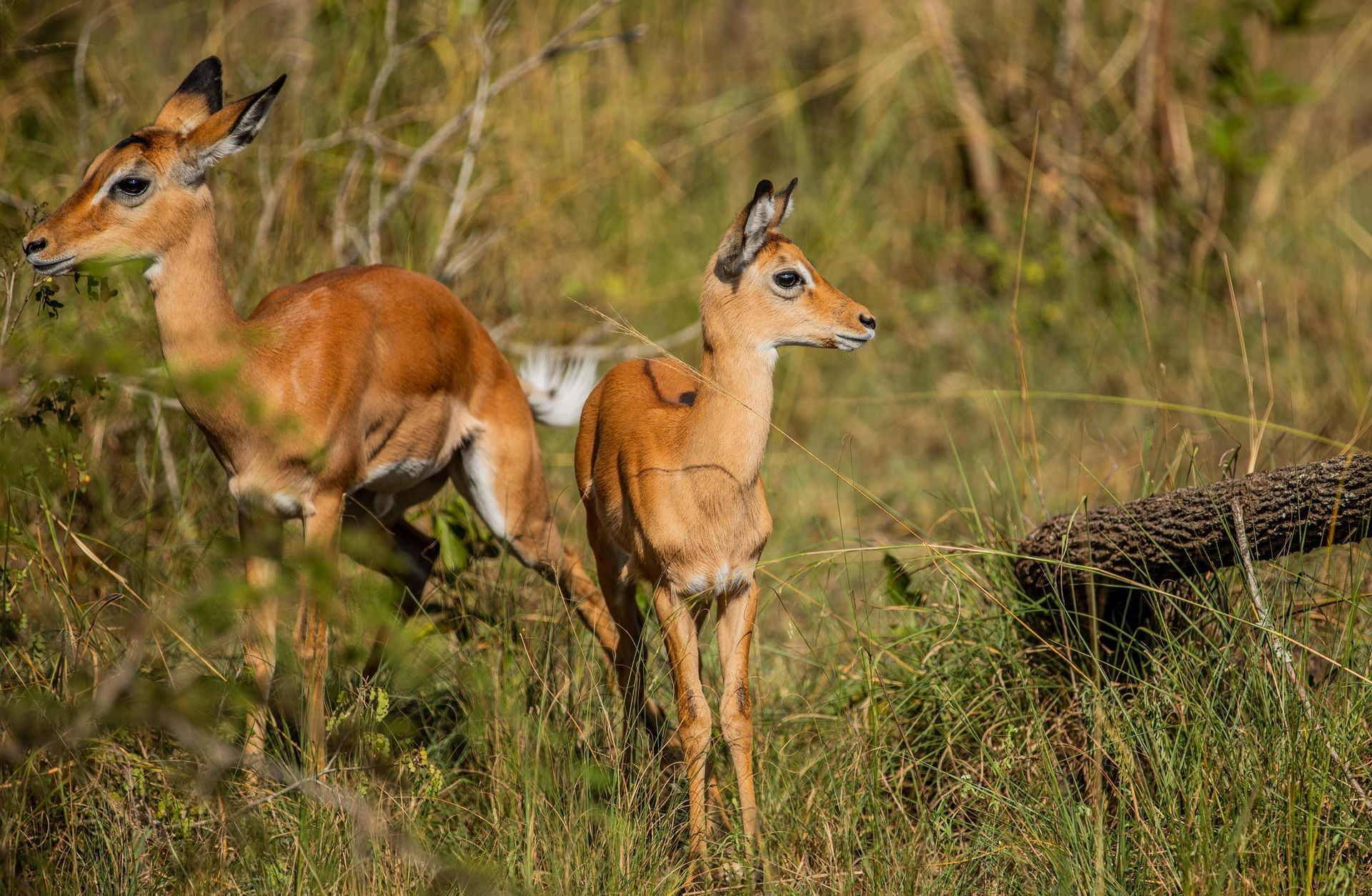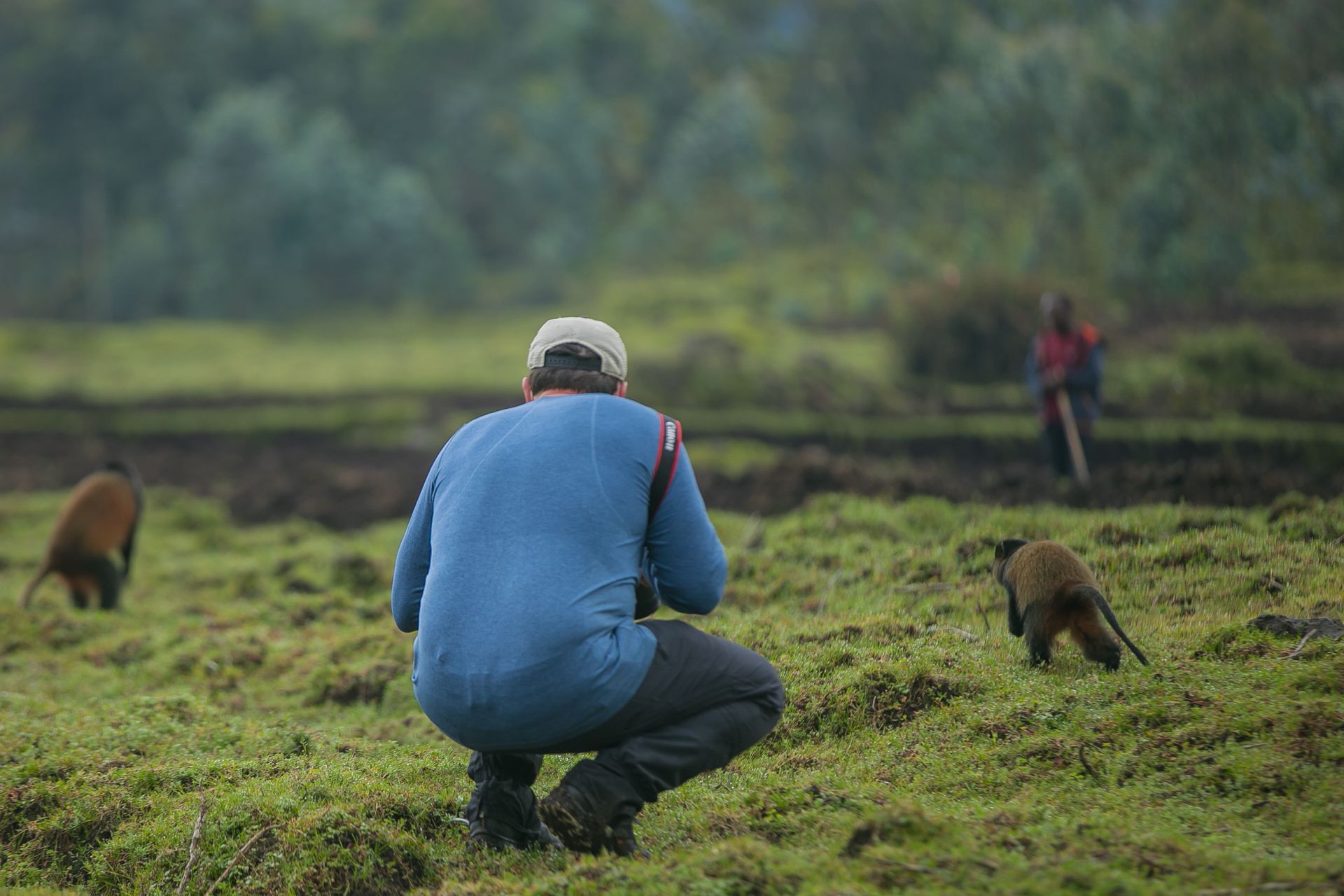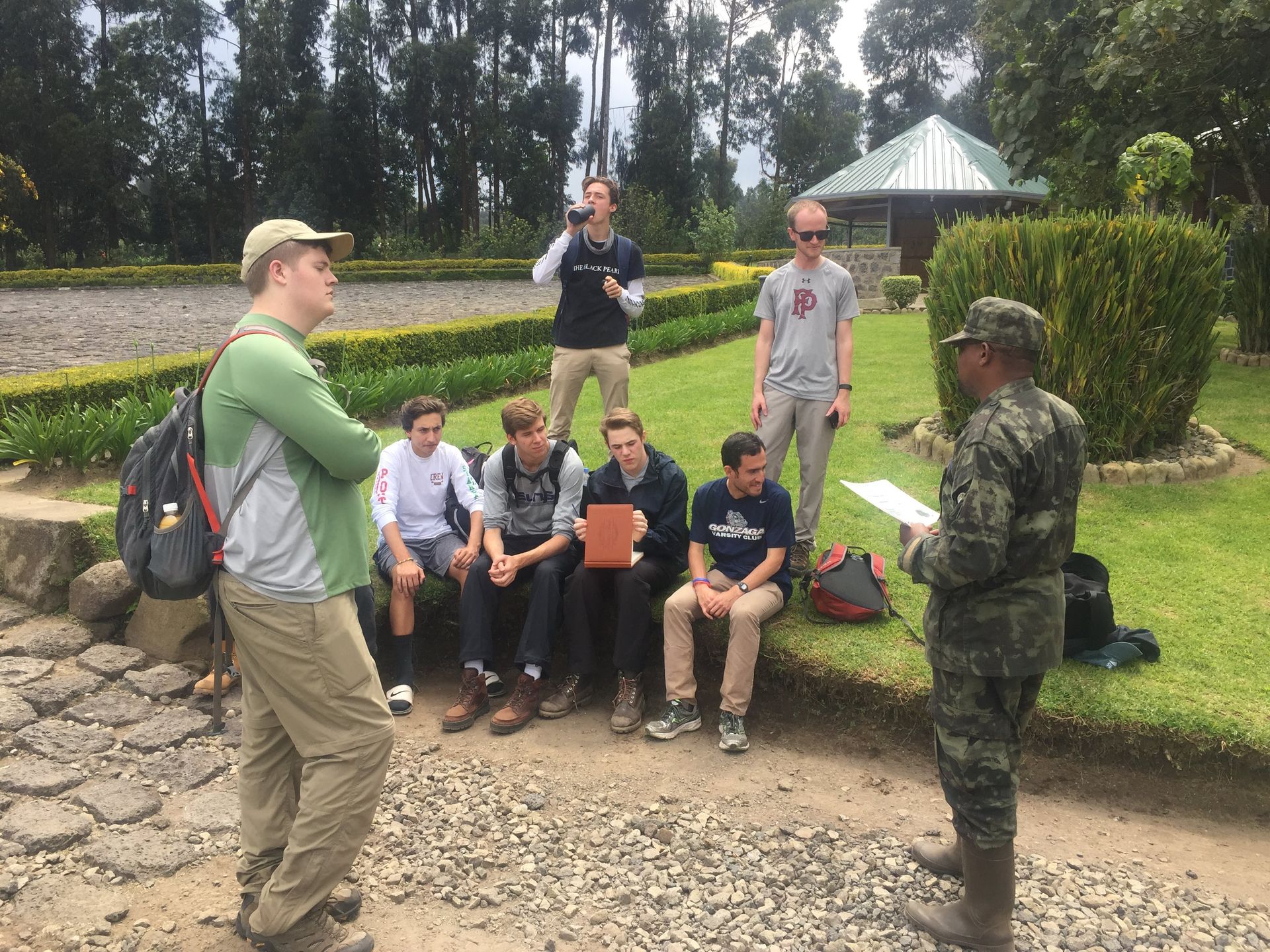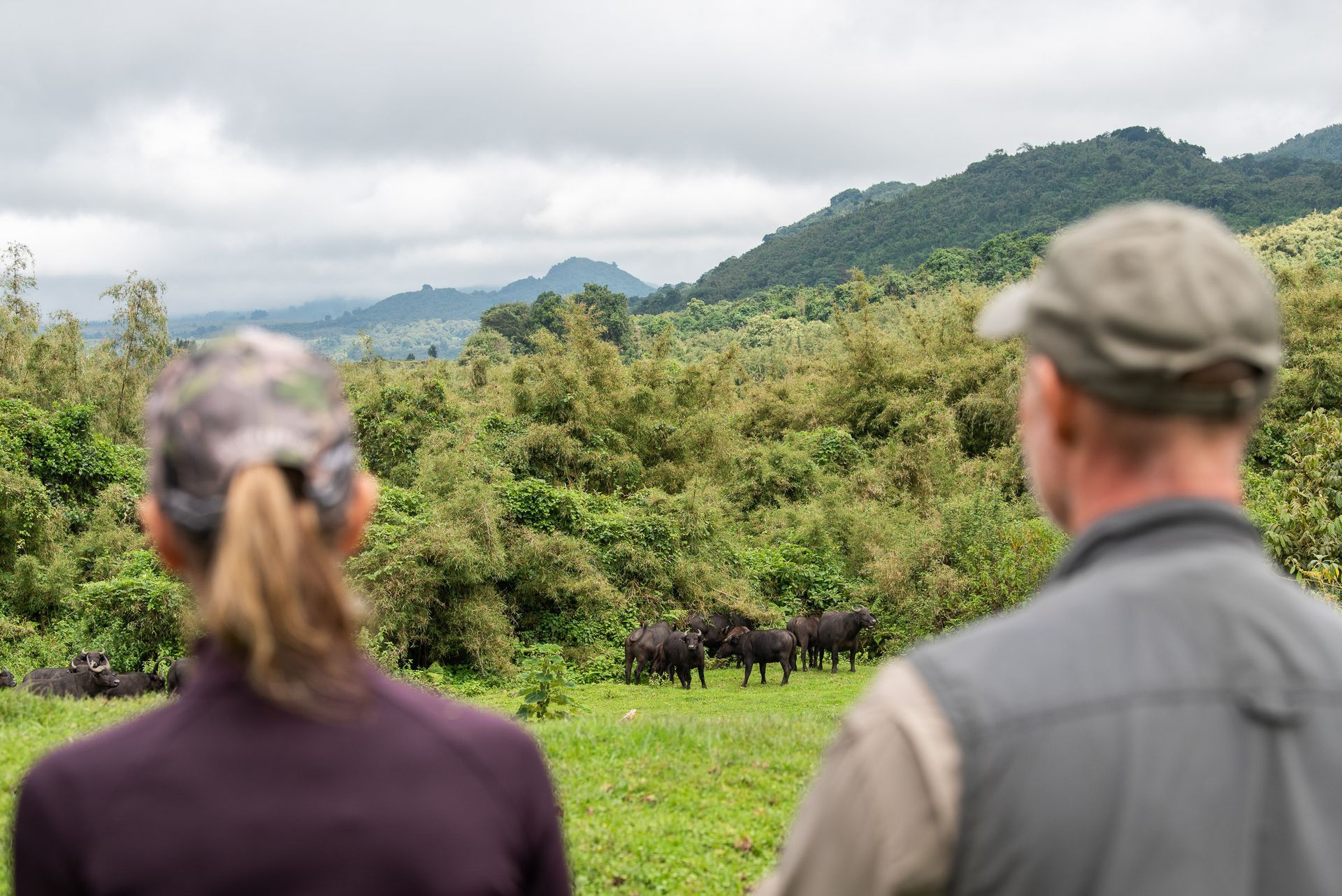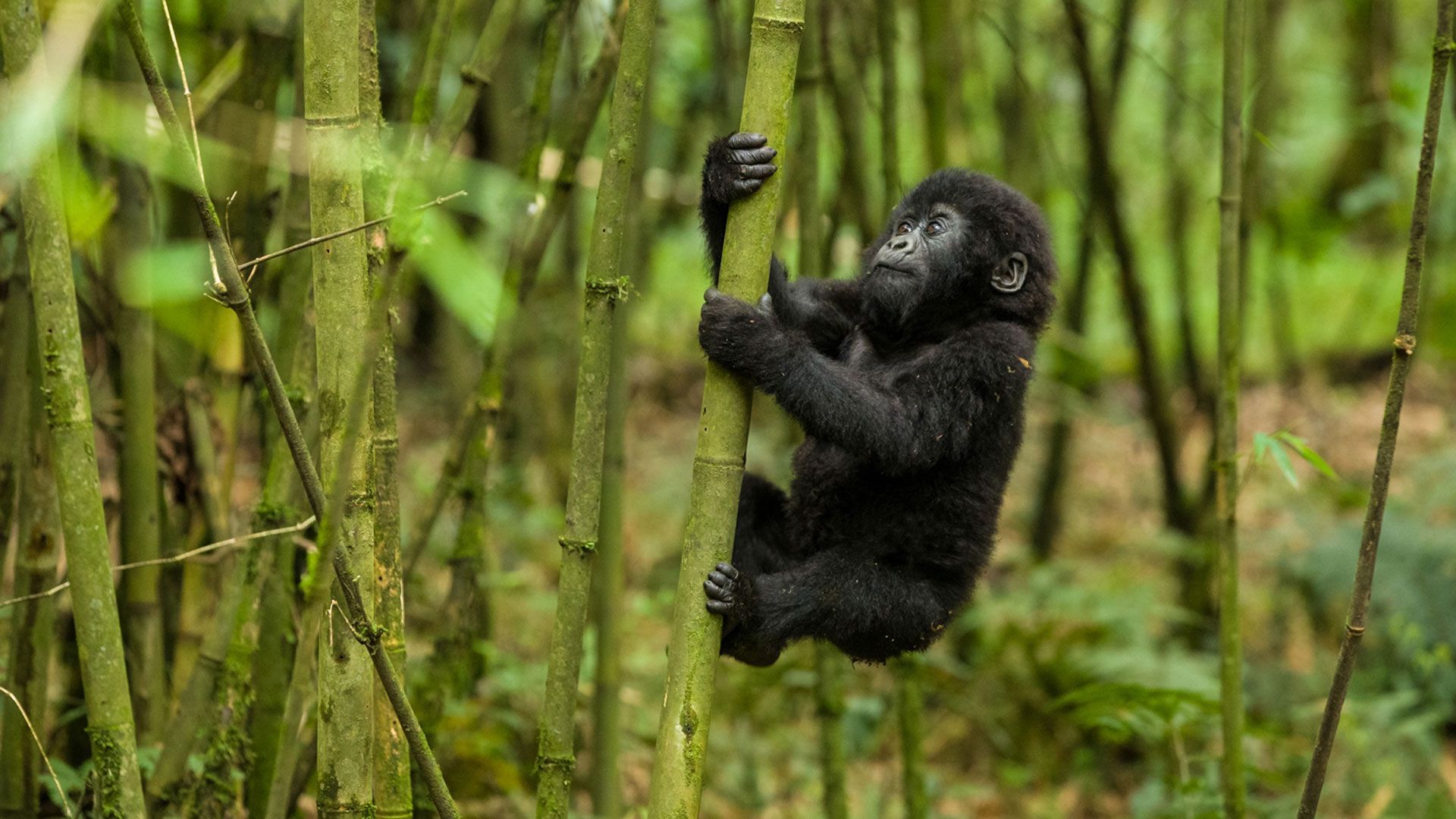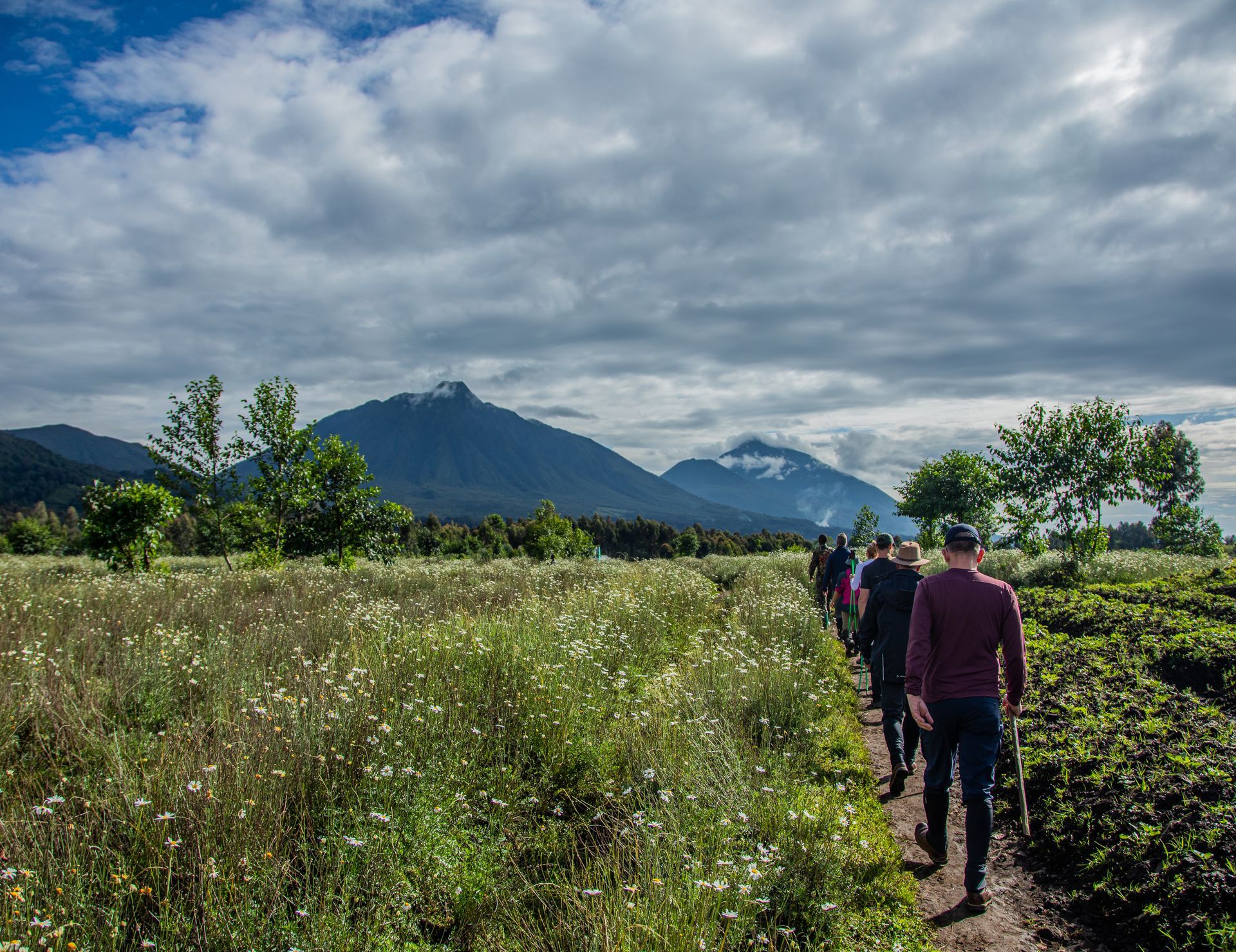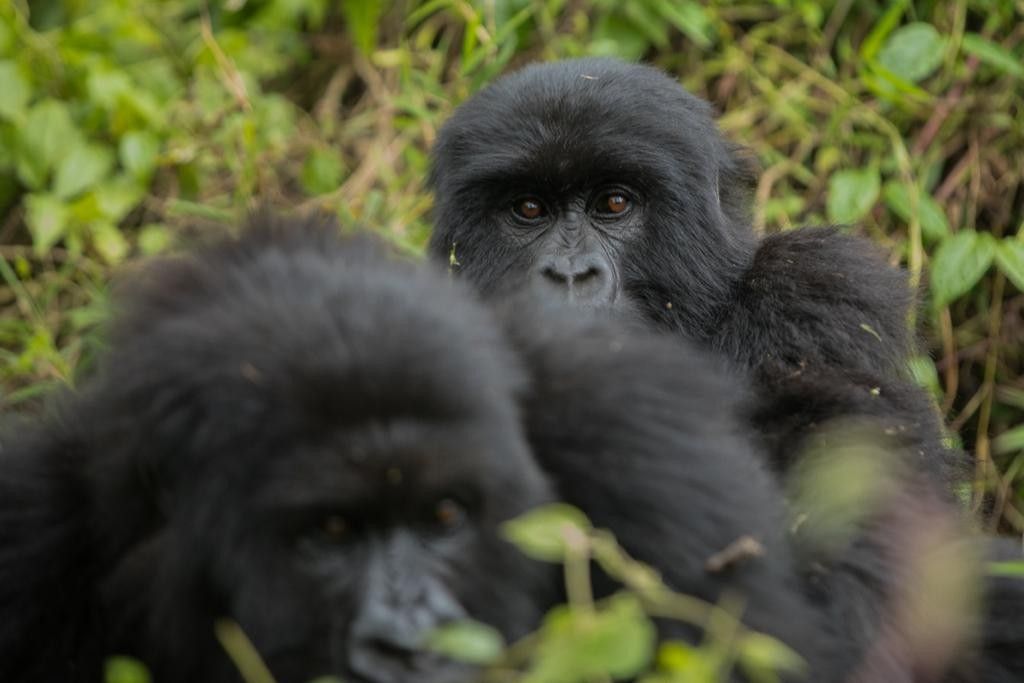Mountain gorillas are a critically endangered species of great ape that are found only in two isolated populations in the Virunga Mountains of Rwanda, Uganda, and the Democratic Republic of Congo, as well as in Uganda's Bwindi Impenetrable National Park. Despite their iconic status, mountain gorillas have faced numerous threats throughout their history, including habitat loss, poaching, and civil unrest.
The mountain gorilla is the largest of the gorilla subspecies, with an adult male weighing up to 440 pounds and standing over five feet tall. They have thick, black fur and a pronounced sagittal crest on their forehead.
Mountain gorillas are herbivores, feeding primarily on leaves, shoots, and stems of plants. They are also known to eat fruits, flowers, and bark.
There are currently only about 1,000 mountain gorillas remaining in the wild, making them one of the most endangered animals in the world. However, conservation efforts over the past few decades have led to an increase in their population, and their status was recently upgraded from "critically endangered" to "endangered" by the International Union for Conservation of Nature.
One of the main factors in the conservation success of
mountain gorillas has been the establishment of protected areas for them to live in. The Virunga Mountains and
Bwindi Impenetrable National Park are both UNESCO World Heritage Sites, and they are strictly protected by park rangers and anti-poaching patrols. Tourism has also played a role in the conservation of these animals, as visitors pay to trek into the mountains to observe them in their natural habitat.
Another factor in the conservation of
mountain gorillas has been the work of dedicated researchers and conservationists. These individuals have studied the behavior and ecology of the gorillas, and have developed programs to monitor their populations and protect them from disease and other threats. They have also worked with local communities to promote sustainable development and reduce human-wildlife conflict.
Despite these successes, mountain gorillas still face numerous threats. Habitat loss and fragmentation continue to be a problem, as forests are cleared for agriculture and other uses. Poaching for bushmeat and the illegal wildlife trade is also a major threat, as is disease transmission from humans and other animals. Climate change may also affect the mountain gorillas' habitat and food sources in the future.
In conclusion, mountain gorillas are a critically endangered species that have faced numerous threats throughout their history. However, conservation efforts over the past few decades have led to an increase in their population, and their status was recently upgraded from "critically endangered" to "endangered" by the International Union for Conservation of Nature. Continued conservation efforts, including habitat protection, anti-poaching measures, and research, will be necessary to ensure the survival of this iconic species.
Book your trek through Mist Rwanda Safari-
bookings@mistrwandasafaris.com or call/WhatsApp - +250785372824

